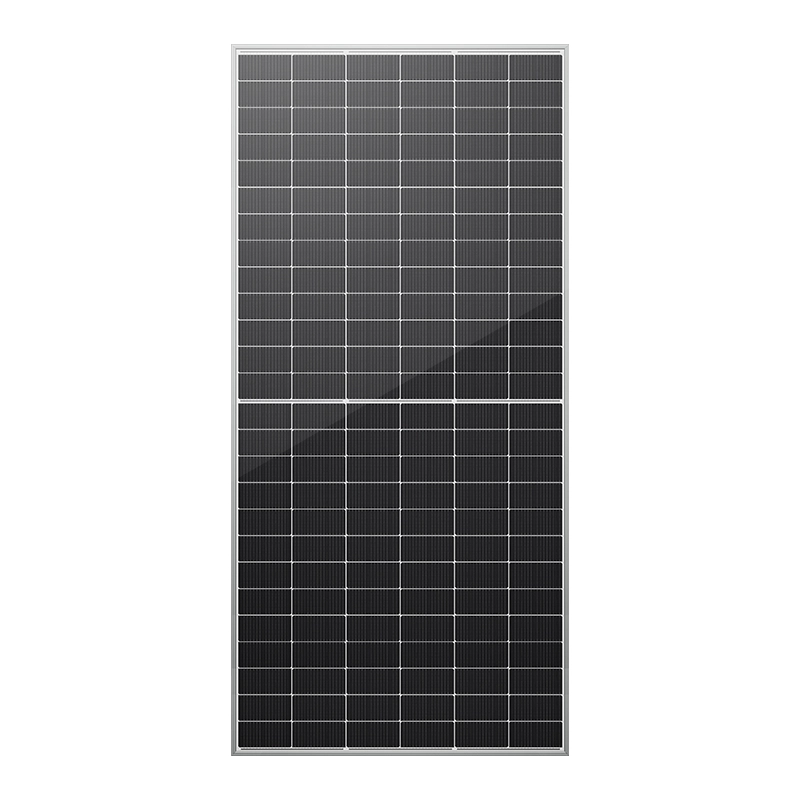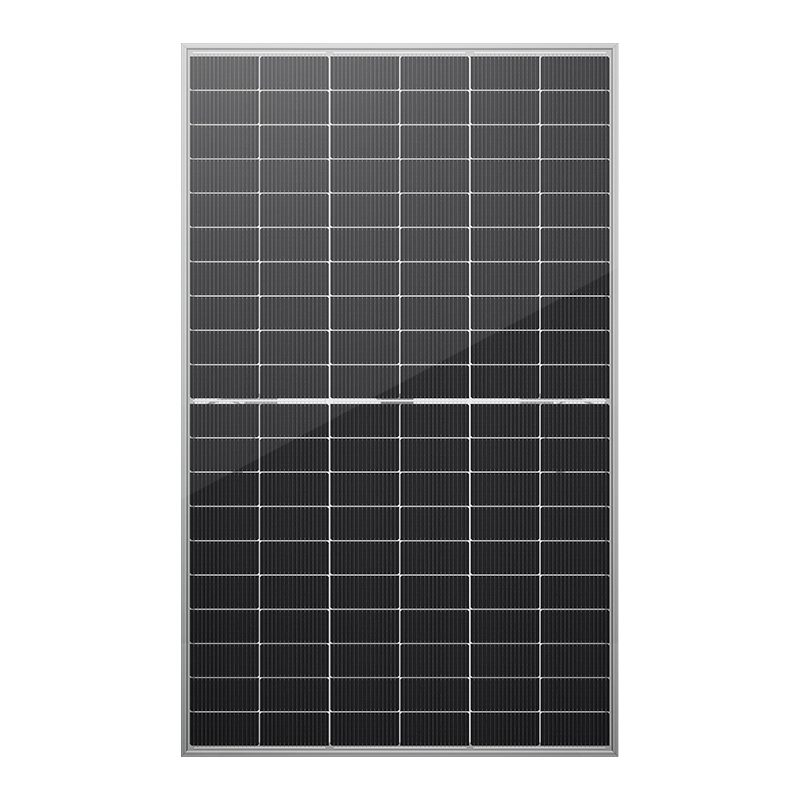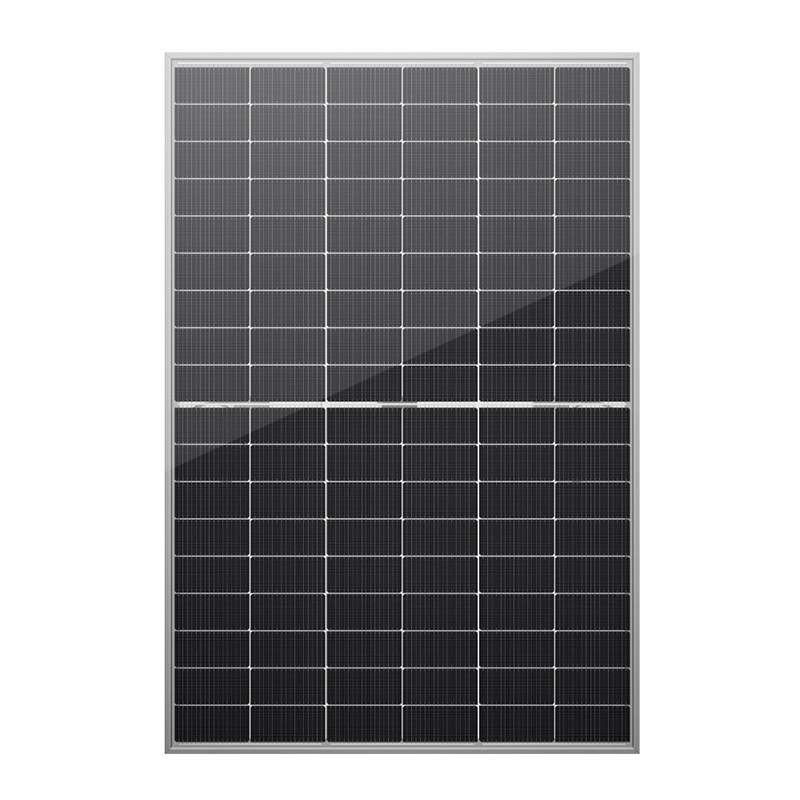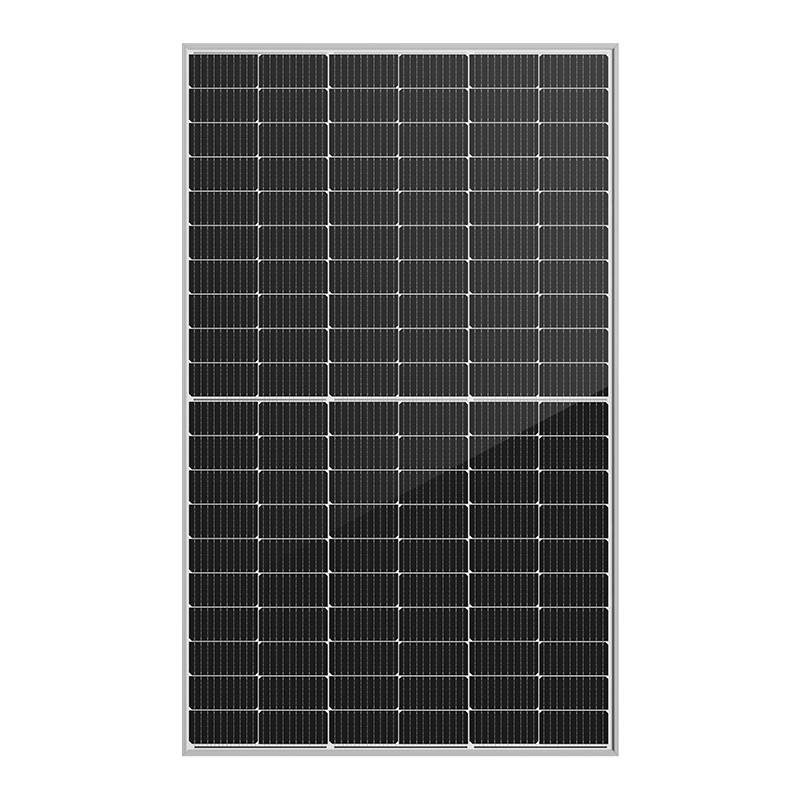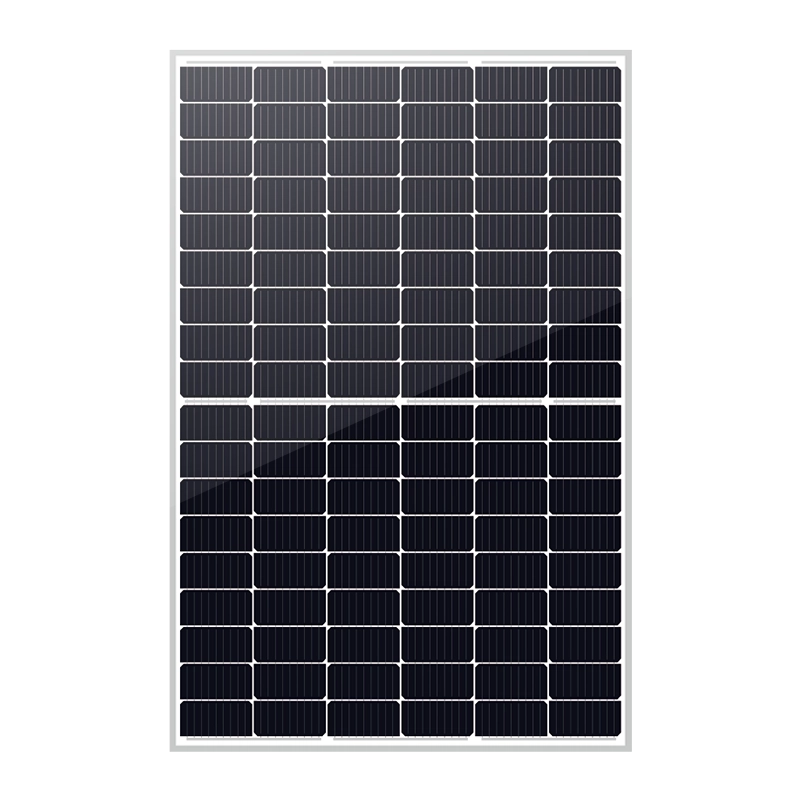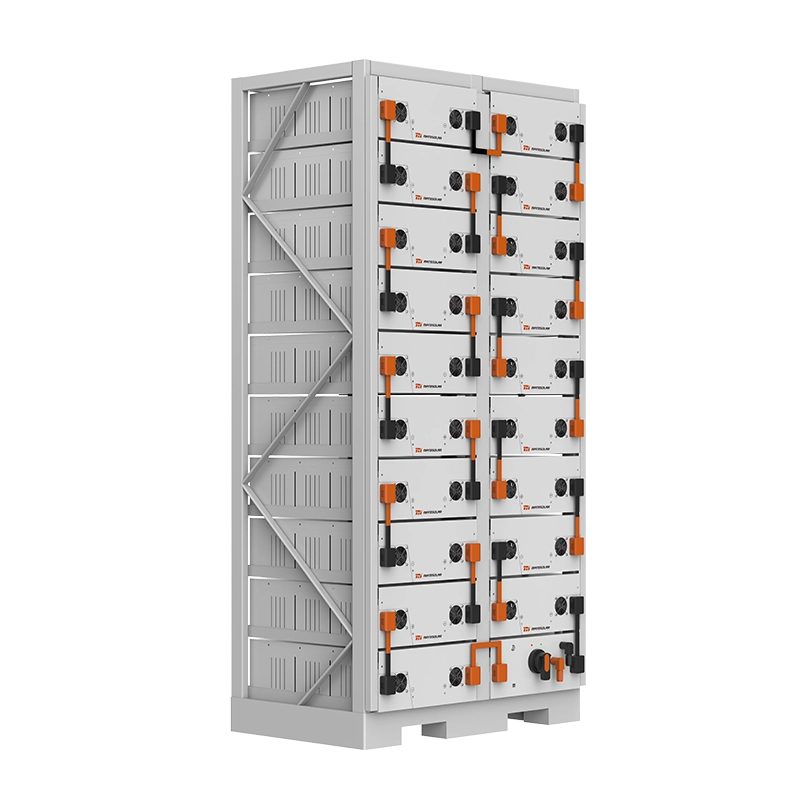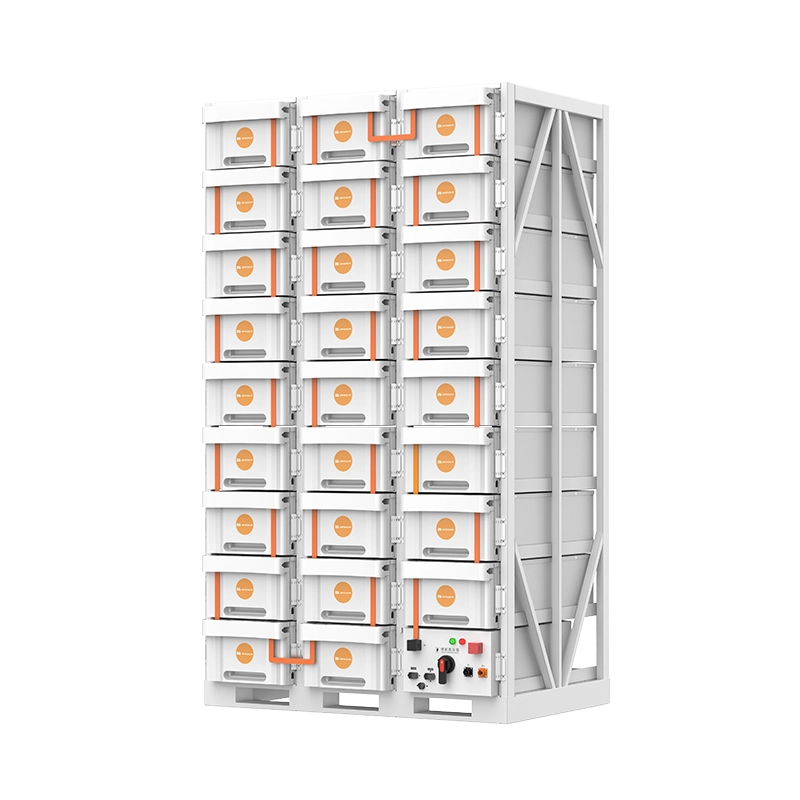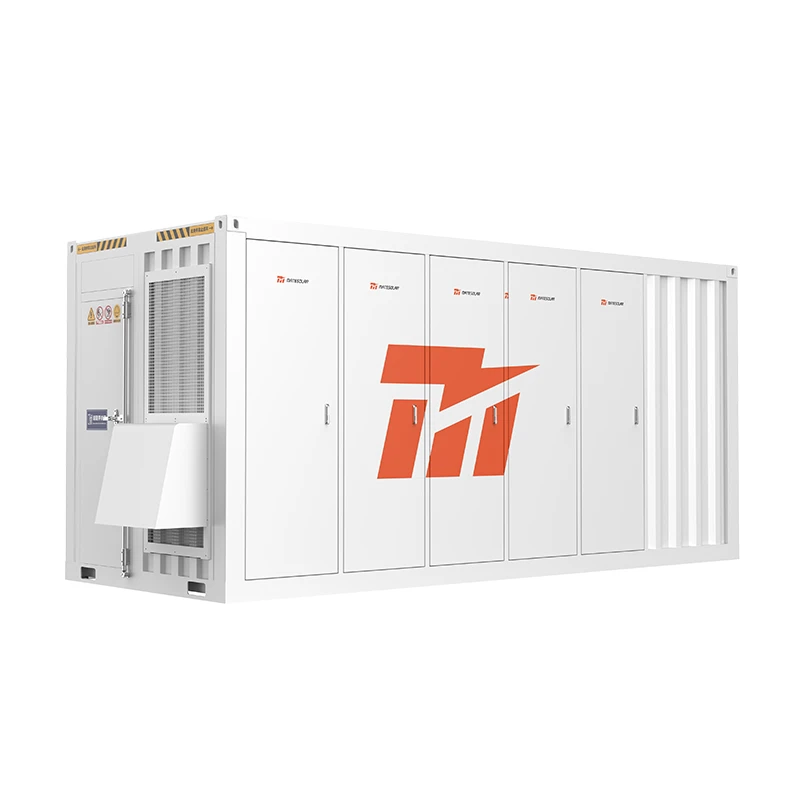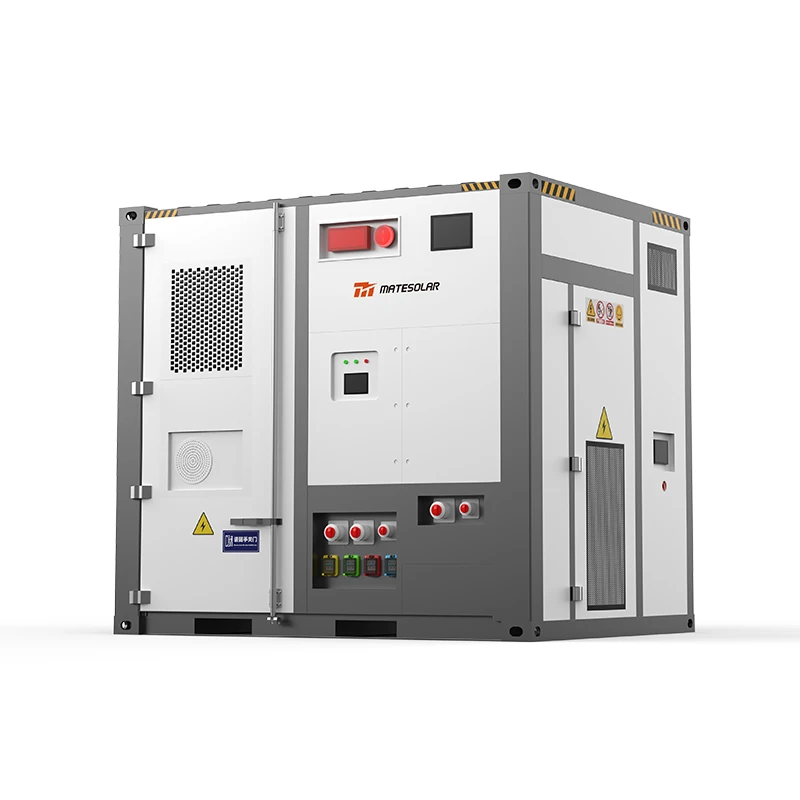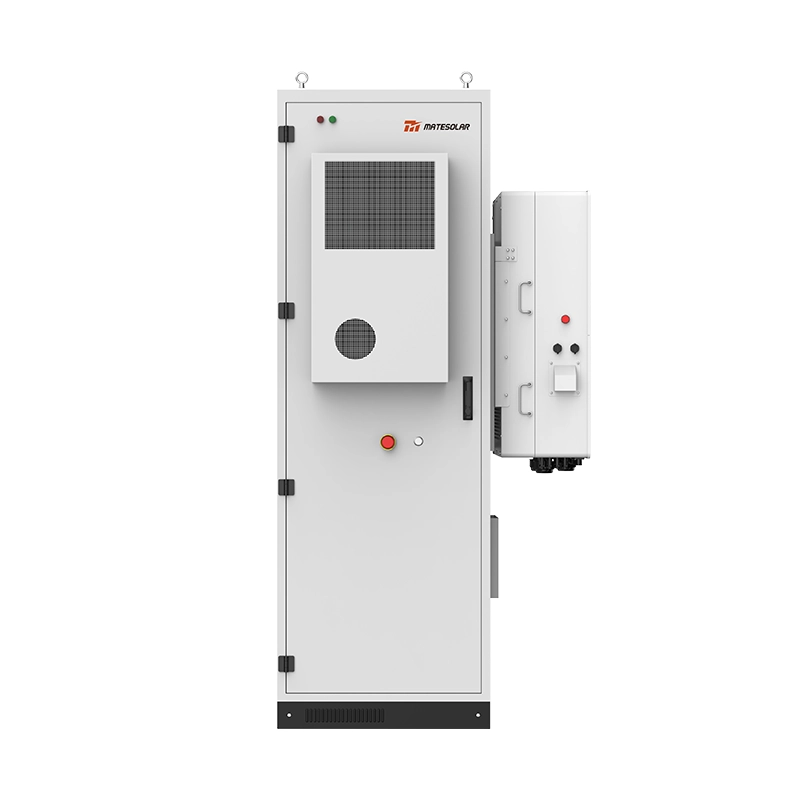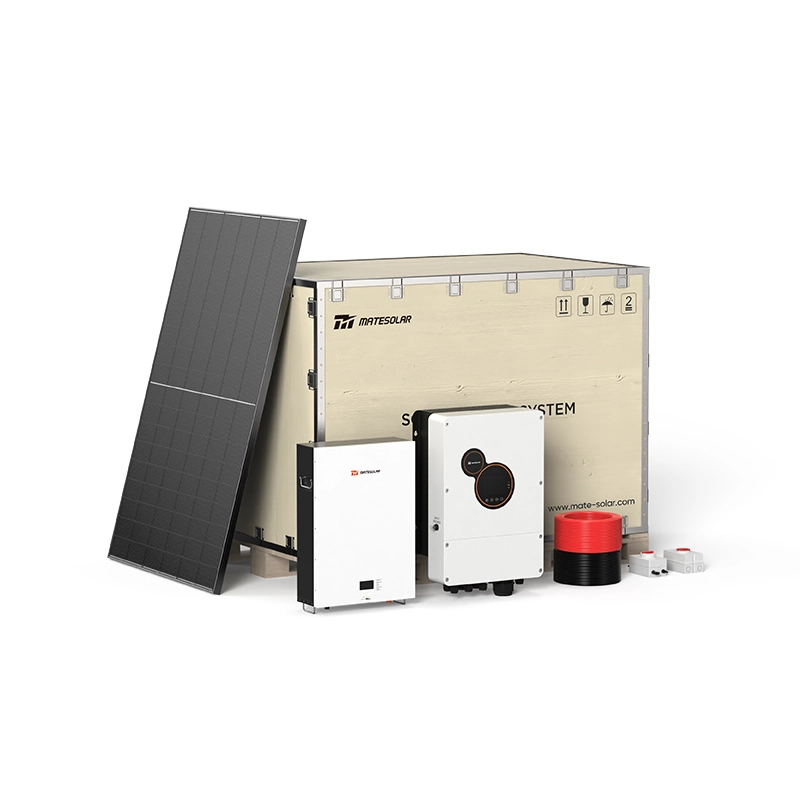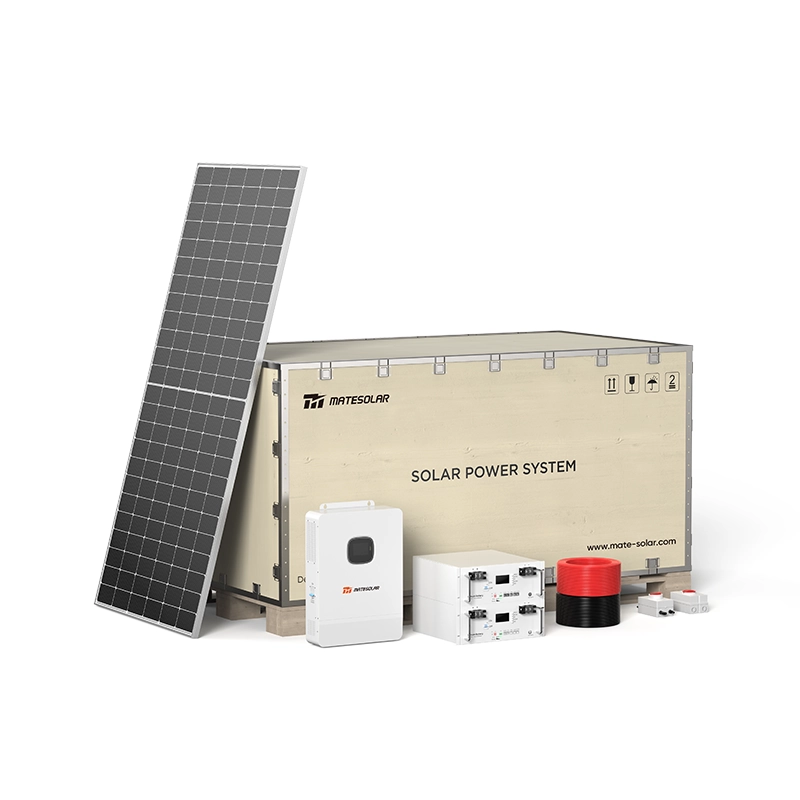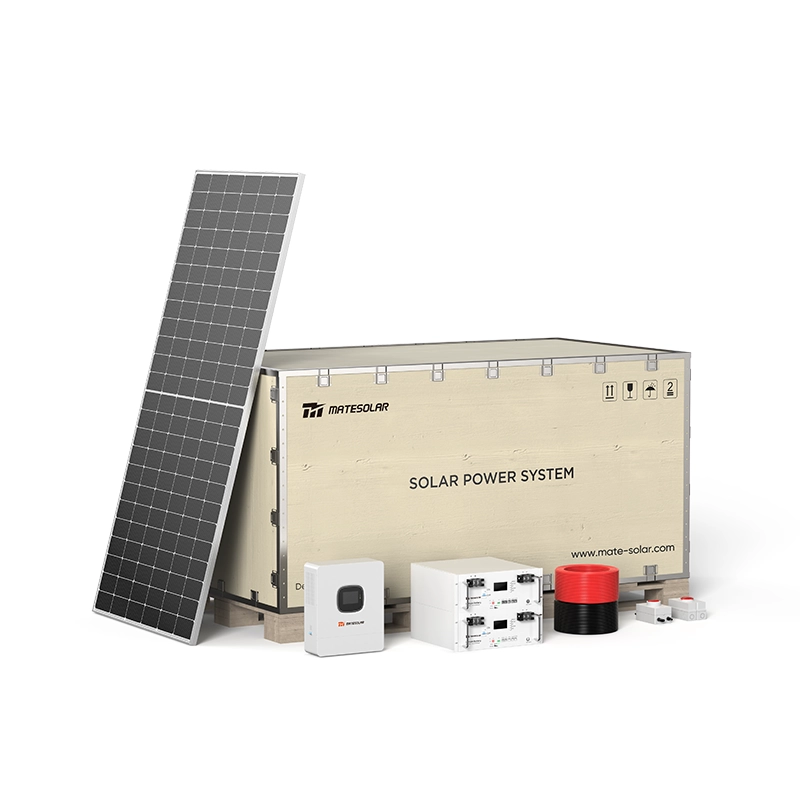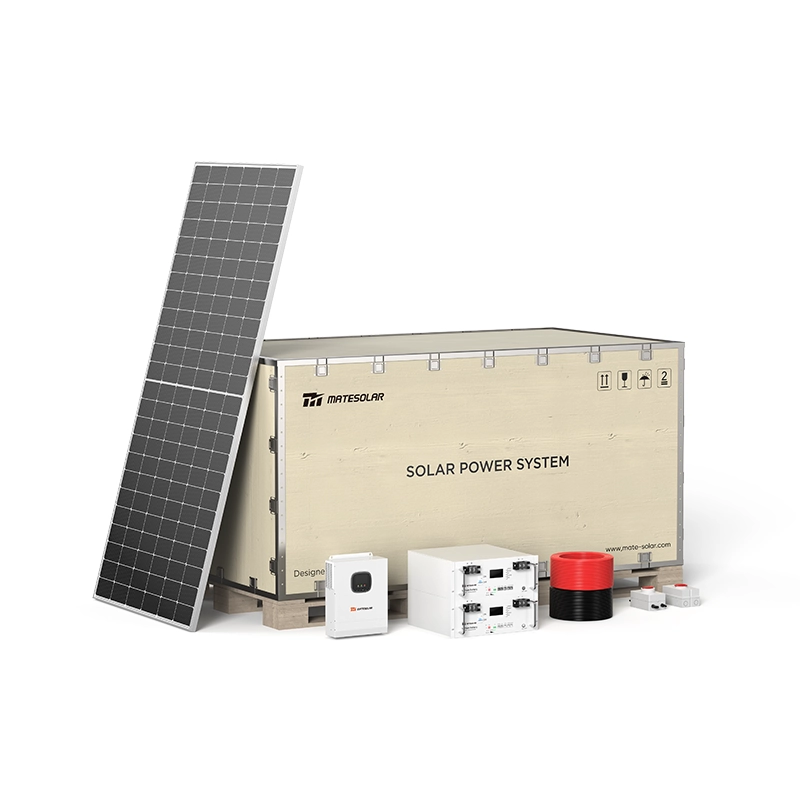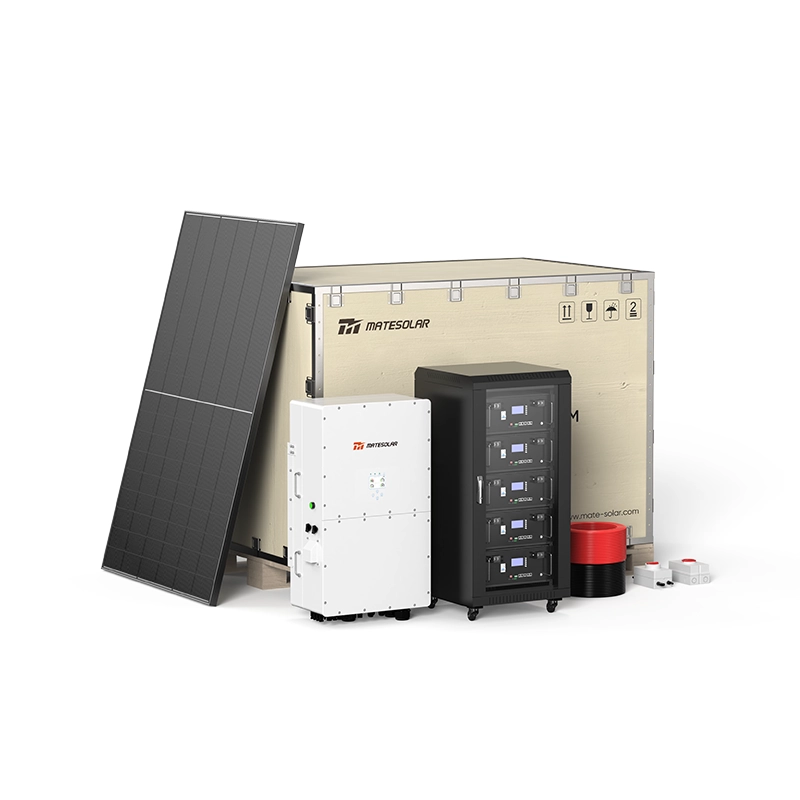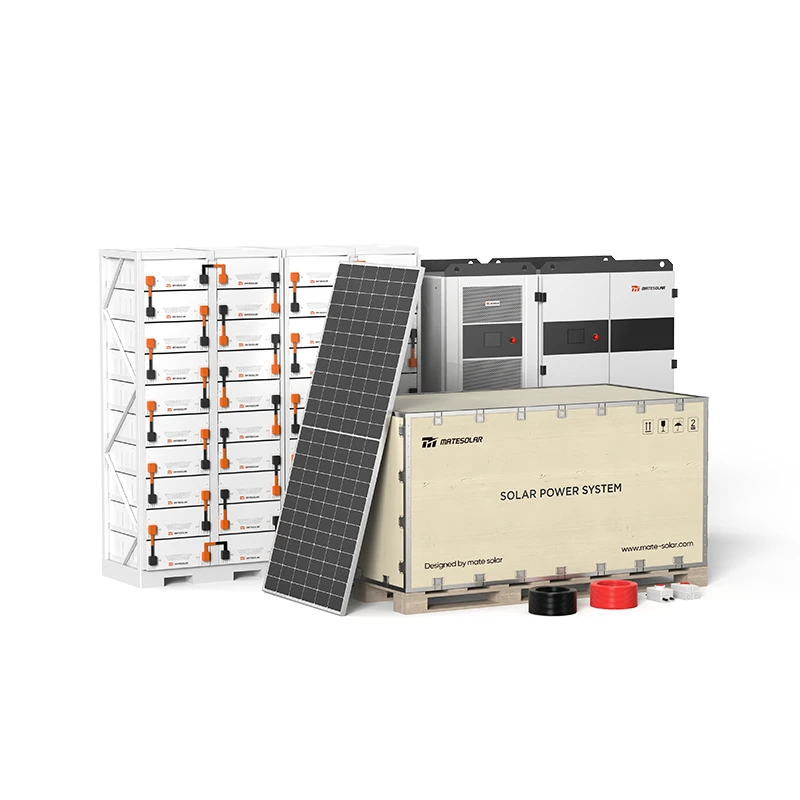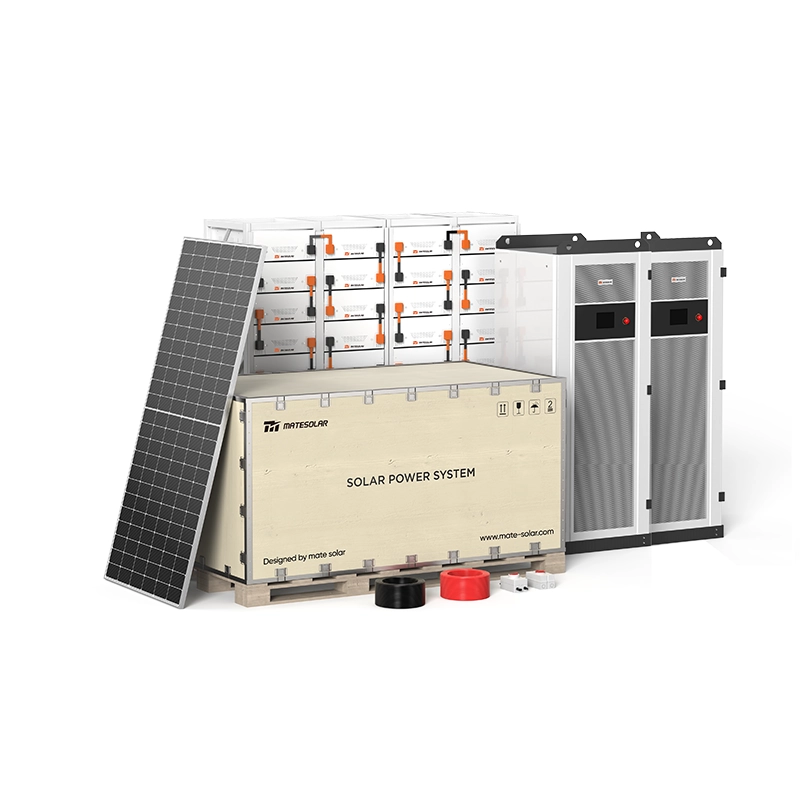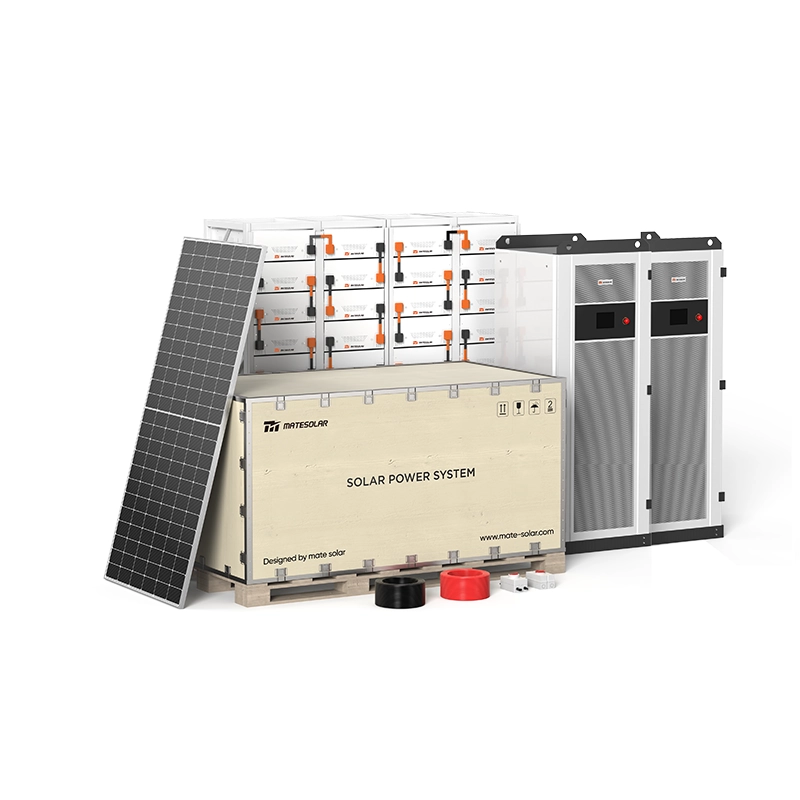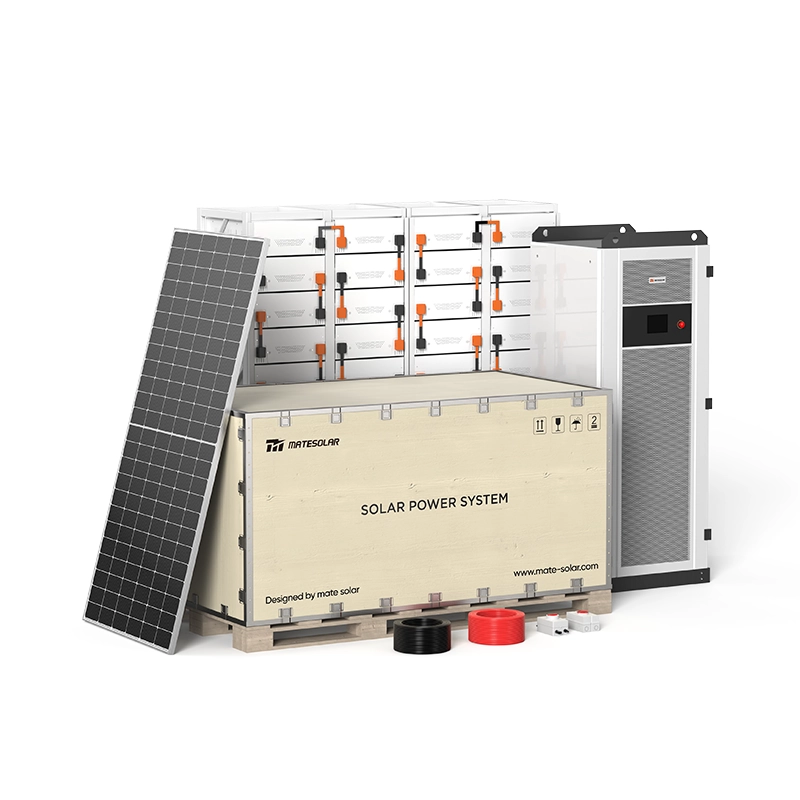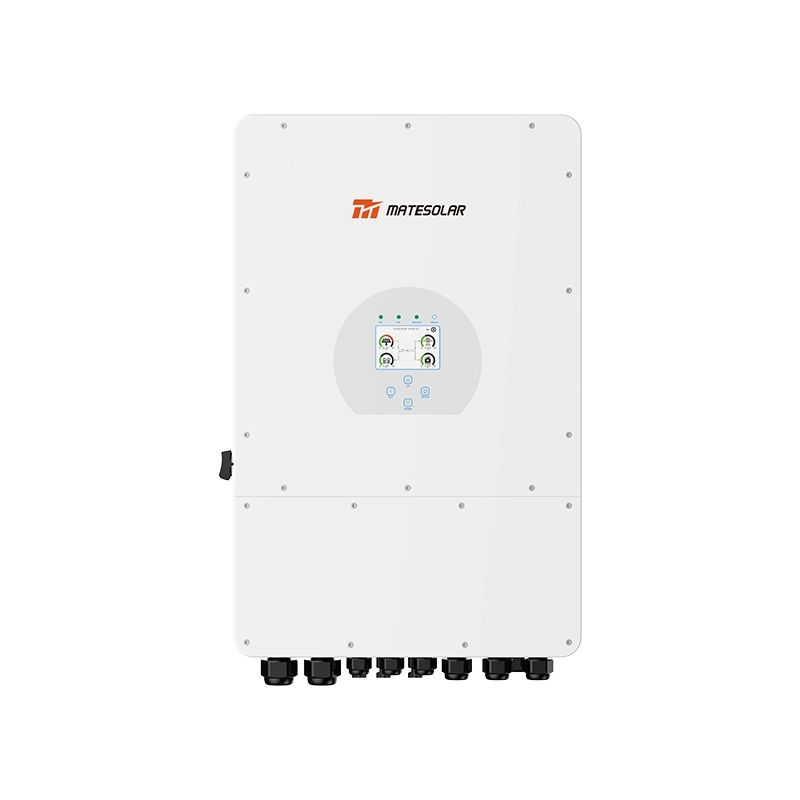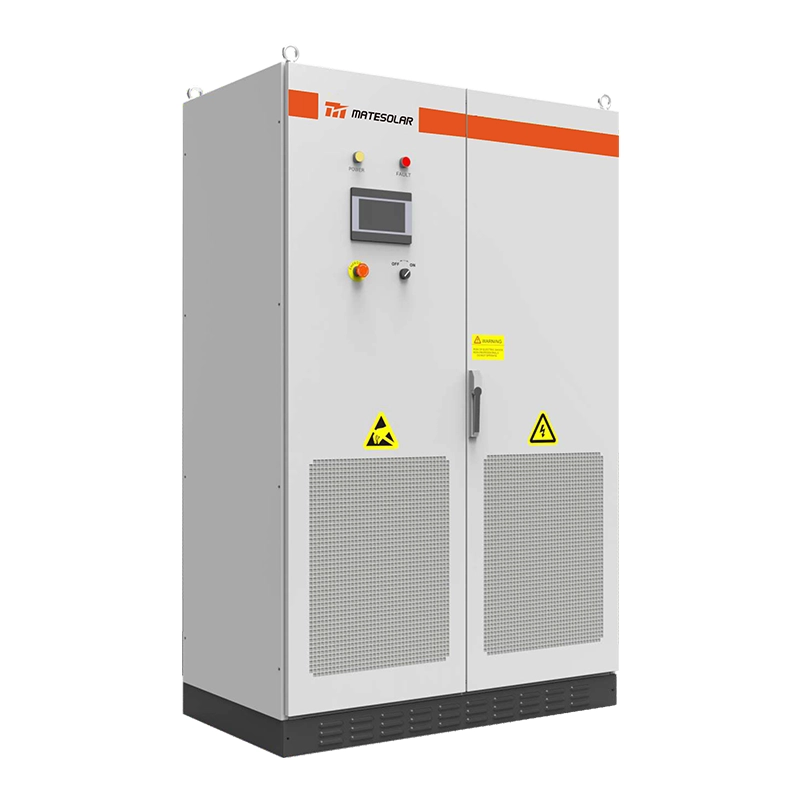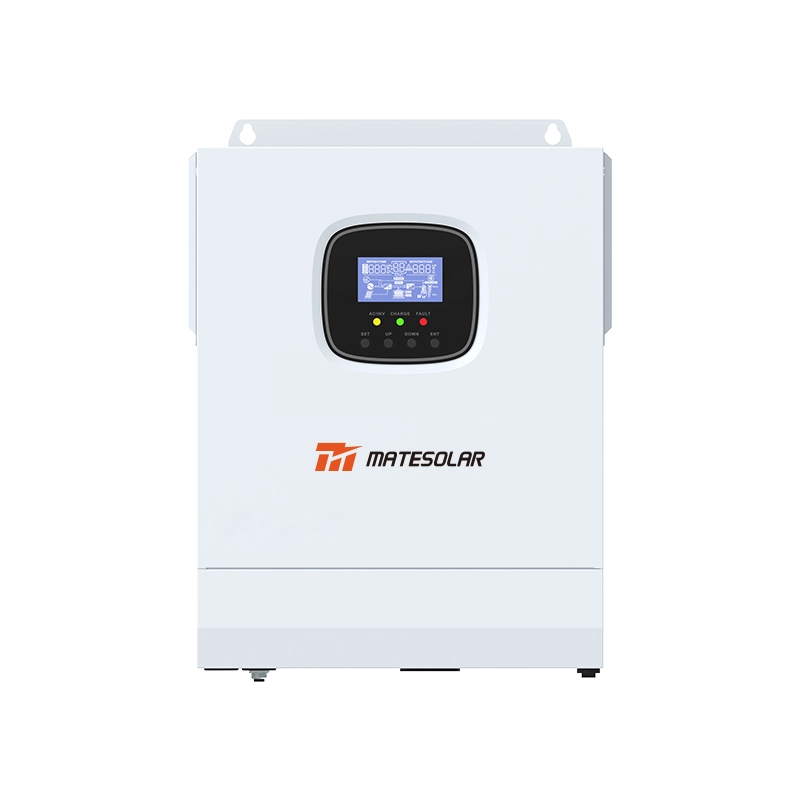
Tropical regions, home to 3.2 billion people and 60% of global solar energy potential, remain underserved due to climatic and technological barriers. Mate Solar, a frontrunner in photovoltaic (PV) and energy storage R&D, has unveiled its 2025 roadmap to transform tropical solar adoption. This article delves into the physics of tropical energy challenges, Mate Solar’s proprietary technologies, and quantifiable results from recent deployments across Southeast Asia, Africa, and Latin America.
Section 1: The Science of Tropical Solar Challenges
1.1 Thermal Degradation Dynamics
Solar panels and batteries in tropical zones face efficiency losses governed by the Arrhenius equation:
Degradation Rate∝ e-Ea/KBT
Where Ea= activation energy, KB = Boltzmann constant, T= temperature (Kelvin).
Key Impacts:
- Modules photovoltaïques: Efficiency drops 0.4–0.5% per °C above 25°C.
- Lithium-ion Batteries: Cycle life halves for every 10°C rise above 30°C.
1.2 Humidity & Salt Spray Corrosion
Tropical coastal regions experience RH >80% and airborne salinity, accelerating:
- PID (Potential Induced Degradation): 15–20% power loss/year in uncoated panels.
- Battery Terminal Corrosion: Increases internal resistance by 30–50%.
Section 2: Mate Solar’s 2025 Technology Suite
2.1 Advanced Materials Engineering
A. ThermaGuard™ Battery System
A hybrid cooling architecture combining phase-change materials (PCMs) and microchannel liquid cooling:
| Métrique | Standard Li-ion | ThermaGuard™ |
| Operating Temp Range | 0–45°C | -10–60°C |
| Energy Density (Wh/kg) | 180 | 210 |
| Calendar Life @ 40°C | 8 years | 15 ans |
Field Data: In Singapore’s 2024 pilot, ThermaGuard™ reduced thermal-related failures by 92%.
B. HydroShield® 2.0 Panel Coating
A graphene-enhanced hydrophobic layer achieving:
- Contact Angle: 165° (superhydrophobic).
- PID Resistance: <2% annual power loss in 85% RH environments.
2.2 AI-Optimized Energy Networks
Mate Solar’s SmartGrid AI 4.0 integrates:
- Short-Term Forecasting: 95% accuracy for 6-hour cloud movement predictions (vs. 78% in 2023 models).
- Demand-Response Algorithms: Reduces grid dependency by 40% during peak loads.
Section 3: Case Studies – Scaling Tropical Solar Storage
3.1 Indonesia: 100 MW Hybrid Solar-Storage Grid
Location: Java Island
Partners: Indonesian Ministry of Energy, ASEAN Renewable Fund
| Paramètres | 2023 Baseline | 2025 Performance |
| Avg. Daily Yield | 4.2 kWh/kWp | 5.8 kWh/kWp |
| Storage ROI Period | 9 years | 6 years |
| Grid Stability Index | 68% | 94% |
3.2 Nigeria: Off-Grid Solar Communities
Scale: 50 villages powered by Mate Solar’s modular SunPod™ systems:
- Cost/KWh: 0.10(vs.diesel’s0.10(vs.diesel’s0.35).
- CO2 Avoided: 12,000 tons/year.
4.1 Cost-Benefit Analysis (2025 Projections)
| Technologie | CAPEX ($/kW) | OPEX ($/kWh/year) | LCOE ($/kWh) |
| Mate Solar Tropical PV | 1,200 | 18 | 0.07 |
| Générateurs diesel | 800 | 220 | 0.28 |
| Conventional Solar | 1,000 | 25 | 0.11 |
LCOE = Levelized Cost of Energy
4.2 Policy Recommendations
- Tropical Solar Tariffs: Subsidies to offset 20–30% of storage CAPEX.
- Carbon Tax Leverage: Redirect fossil fuel penalties to fund community solar projects.
Section 5: Future Innovations (2026–2030)
Mate Solar’s R&D pipeline includes:
- Solid-State TropiCore™ Batteries: Targeting 400 Wh/kg density and zero thermal runaway risk.
- Perovskite-Silicon Tandem Cells: Lab efficiency of 33.7% (2025), scaling to 35% by 2027.
- Blockchain Energy Trading: Peer-to-peer solar tokenization trials in Brazil and Philippines.
Tropical solar storage is no longer a technical fantasy but an actionable reality. Through material breakthroughs, intelligent software, and policy advocacy, Mate Solar is rewriting the energy narrative for billions in the planet’s sunniest—and most challenging—regions.
Explore Further:
- Download Mate Solar’s 2025 Tropical Energy Whitepaper: [PDF Link]
- Attend the Global Tropical Solar Summit 2025 (hosted by Mate Solar): [Registration Portal]
Data Sources:
- Mate Solar Global Deployment Reports (2025)
- International Energy Agency (IEA) – Solar Storage Outlook 2025
- ASEAN Centre for Energy – Tropical Climate Energy Models





